
Long-range heteronuclear shift correlation methods have served as the cornerstone of modern structure elucidation protocols for several decades. The 1H–13C HMBC experiment provides a versatile and relatively sensitive means of establishing predominantly 3JCHconnectivity with the occasional 2JCH or 4JCH correlation being observed. The two-bond and four-bond outliers must be identified specifically to avoid spectral and/or structural misassignment. Despite the versatility and extensive applications of the HMBC experiment, it can still fail to elucidate structures of molecules that are highly proton-deficient, e.g., those that fall under the so-called “Crews rule”. In such cases, recourse to the ADEQUATE experiments should be considered. Thus, a study was undertaken to facilitate better investigator understanding of situations where it might be beneficial to apply 1,1- or 1,n-ADEQUATE to proton-rich or proton-deficient molecules. Equipped with a better understanding of when a given experiment might be more likely to provide the necessary correlation data, investigators can make better decisions on when it might be advisible to employ one experiment over the other. Strychnine (1) and cervinomycin A2 (2) were employed as model compounds to represent proton-rich and proton-deficient classes of molecules, respectively. DFT methods were employed to calculate the relevant nJCHheteronuclear proton–carbon and nJCC homonuclear carbon–carbon coupling constants for this study.
NMR Structure Elucidation of Small Organic Molecules and Natural Products: Choosing ADEQUATE vs HMBC
† Discovery and Preclinical Sciences, Process and Analytical Chemistry, NMR Structure Elucidation, Merck Research Laboratories, Kenilworth, New Jersey 07033, United States
‡ Discovery and Preclinical Sciences, Process and Analytical Chemistry, NMR Structure Elucidation, Merck Research Laboratories, Rahway, New Jersey 07065, United States
J. Nat. Prod., 2014, 77 (8), pp 1942–1947
DOI: 10.1021/np500445s
more from my collection
Using HMBC and ADEQUATE NMR Data To Define and Differentiate Long-Range Coupling Pathways: Is the Crews Rule Obsolete?
It is well known that as molecules become progressively more proton-deficient, structure elucidation becomes correspondingly more challenging. When the ratio of 1H to 13C and the sum of other heavy atoms falls below 2, an axiom that has been dubbed the “Crews rule” comes into play. The general premise of the Crews rule is that highly proton-deficient molecules may have structures that are difficult, and in some cases impossible, to elucidate using conventional suites of NMR experiments that include proton and carbon reference spectra, COSY, multiplicity-edited HSQC, and HMBC (both 1H–13C and 1H–15N). However, with access to modern cryogenic probes and microcyroprobes, experiments that have been less commonly utilized in the past and new experiments such as inverted 1JCC 1,n-ADEQUATE are feasible with modest sized samples. In this light, it may well be time to consider revising the Crews rule. The complex, highly proton-deficient alkaloid staurosporine (1) is used as a model proton-deficient compound for this investigation to highlight the combination of inverted 1JCC 1,n-ADEQUATE with 1.7 mm cryoprobe technology.
Using HMBC and ADEQUATE NMR Data To Define and Differentiate Long-Range Coupling Pathways: Is the Crews Rule Obsolete?
† Discovery and Preclinical Sciences, Process and Analytical Chemistry, Structural Elucidation Group, Merck Research Laboratories, Kenilworth, New Jersey 07033, United States
‡ Discovery and Preclinical Sciences, Process and Analytical Chemistry, Structural Elucidation Group, Merck Research Laboratories, Rahway, New Jersey 07065, United States
§ Discovery and Preclinical Sciences, Process and Analytical Chemistry, Structural Elucidation Group, Merck Research Laboratories, Summit, New Jersey 07901, United States
J. Nat. Prod., 2013, 76 (11), pp 2088–2093
DOI: 10.1021/np400562u
Publication Date (Web): November 6, 2013
Copyright © 2013 The American Chemical Society and American Society of Pharmacognosy
TAKE A TOUR
Austral Islands
-
en.wikipedia.org/wiki/Austral_Islands
The Tuha’a Pae or Austral Islands (French: Îles Australes or Archipel des Australes) are the southernmost group of islands in French Polynesia, an overseas …
Tubuai is in the Austral Archipelago. These island chains are spread out over an area the size of Europe with 120 islands in all, 25 of which that are …
////////

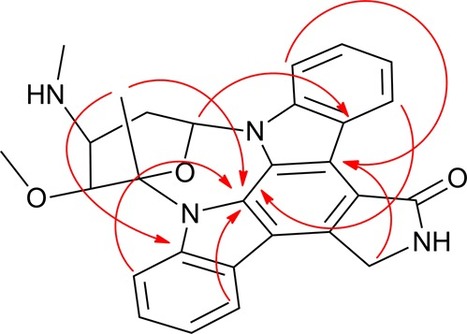


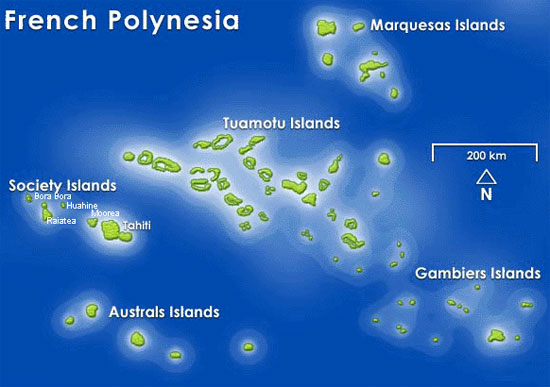






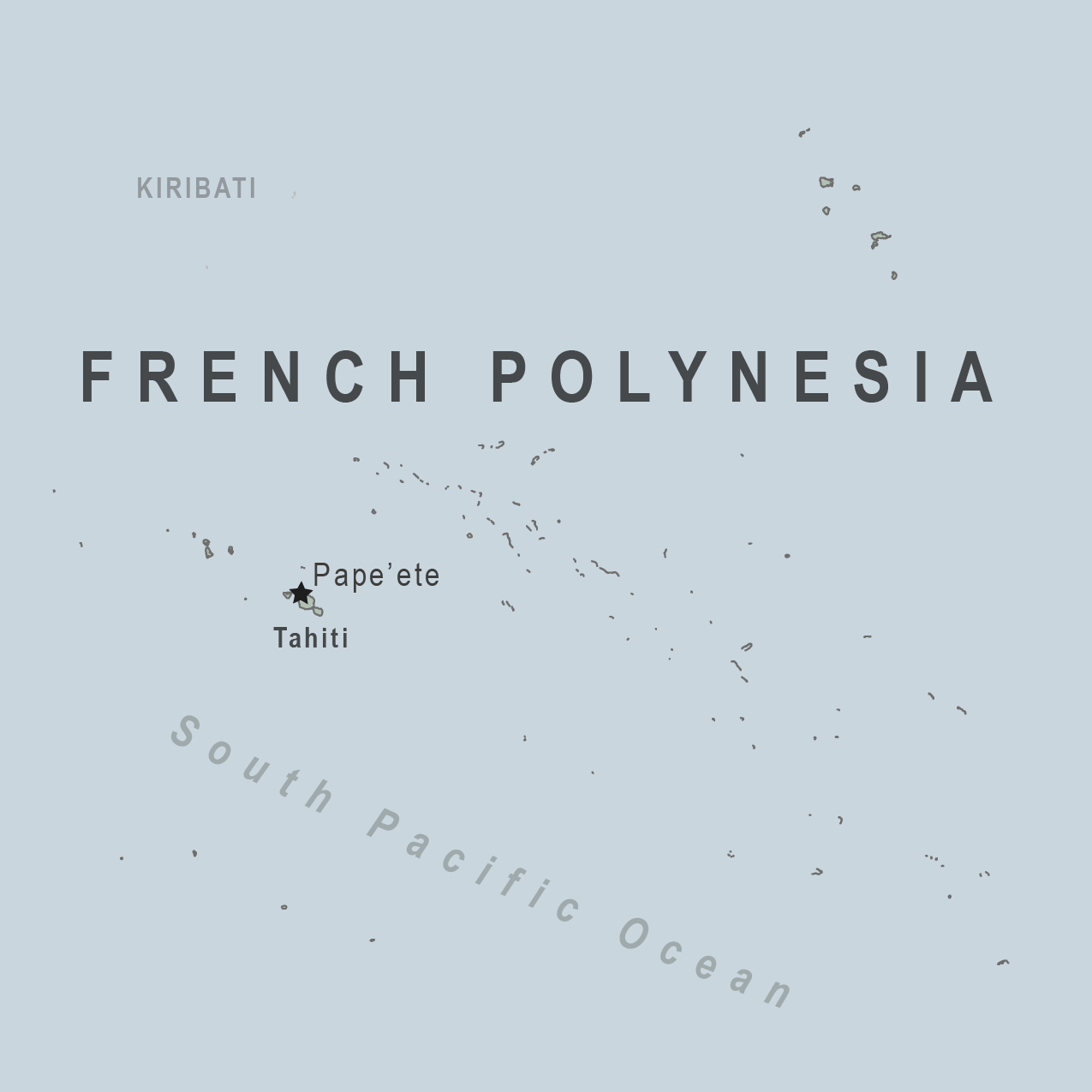


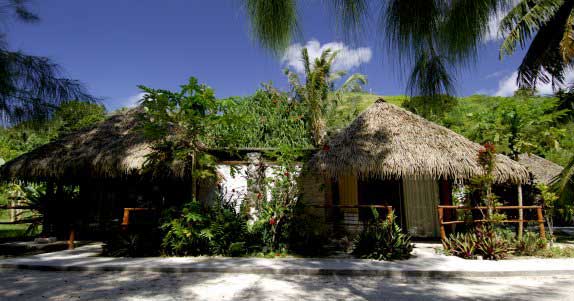





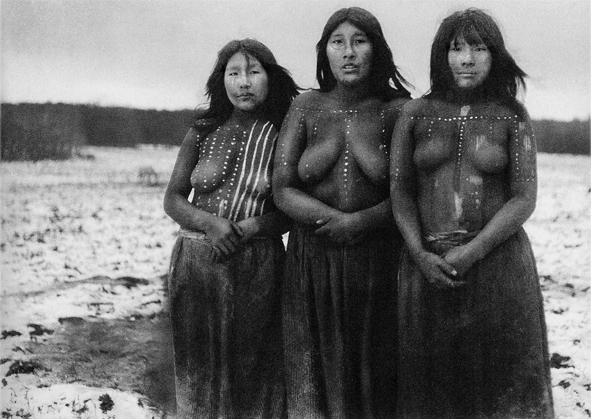
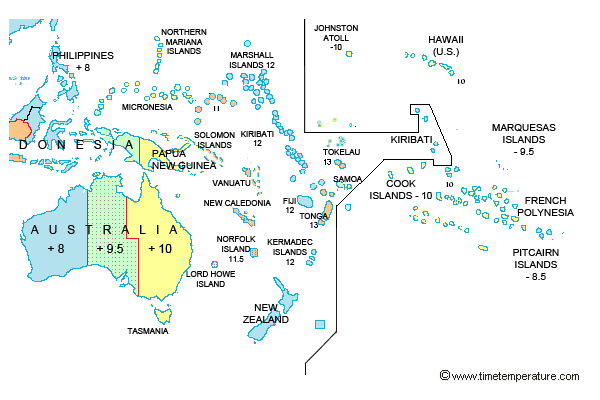




















 LinkedIn
LinkedIn Facebook
Facebook Twitter
Twitter GooglePlus
GooglePlus
Sorry, the comment form is closed at this time.